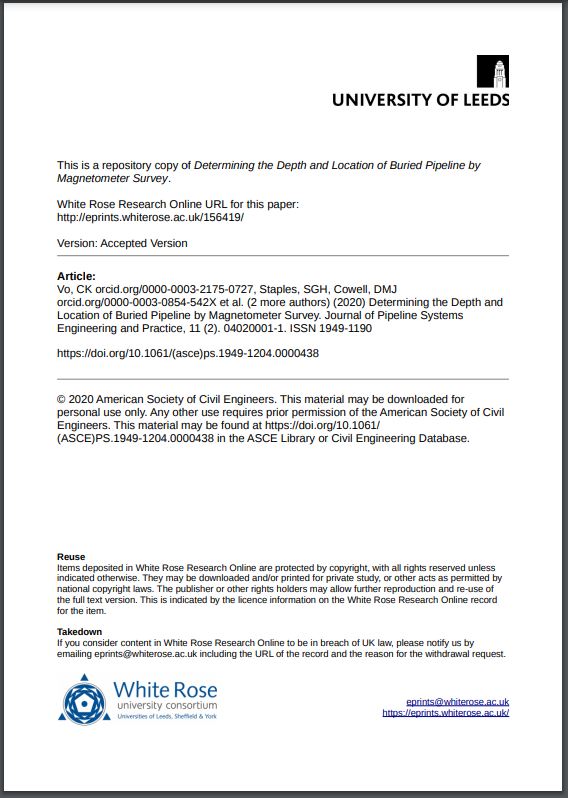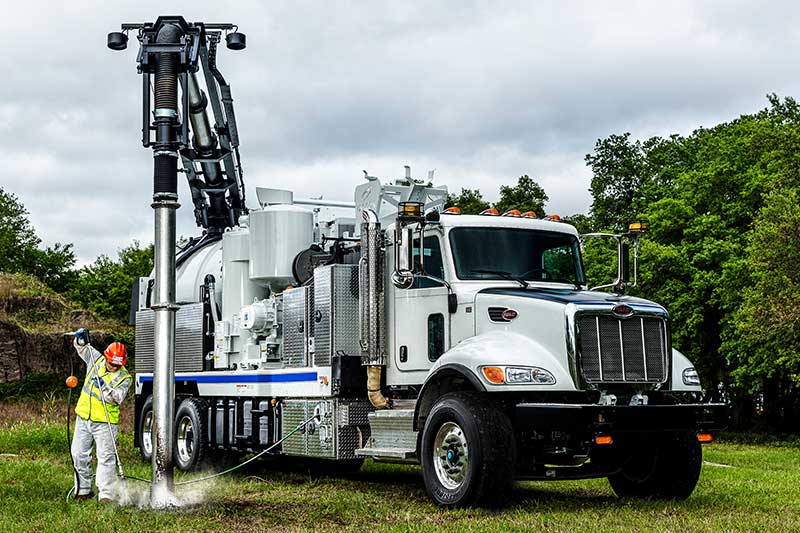Hydro-Wet Vacuum Vs Air Vacuum Excavation Technologies
Infrastructure development is an essential aspect of urban growth worldwide, necessitating extensive construction work for underground utilities.
Traditionally, this involved the use of hand tools or mechanical excavators, which posed safety risks and environmental concerns. However, advancements in technology have led to the emergence of suction excavation technology (SET), offering a more efficient and eco-friendly alternative.
This case study evaluates the comparative effectiveness of traditional excavation methods versus suction excavation, particularly hydro and air excavation techniques, for underground utility projects.
Methodology
The study begins by assessing the overall cost of excavation using traditional methods versus suction excavation for daylighting underground utilities.
A comprehensive comparison is then conducted between traditional and suction excavation technologies, considering their life-cycle costs, including pre-construction, construction, and post-construction phases, while also factoring in social and environmental costs.
The Analytical Hierarchy Process (AHP) is applied to determine the most cost-effective excavation method, considering direct, indirect, environmental, and social costs.
Additionally, an online pilot survey is conducted to gather insights into the appropriateness and effectiveness of hydro and air excavation technologies under various conditions.
Cost, Environmental and Operational Impacts
Cost-effectiveness: Suction excavation, particularly air excavation, emerges as the most cost-effective method for urban underground utility projects when considering life-cycle costs. It offers significant savings compared to traditional excavation methods.
Environmental Impact: Air excavation is highlighted as environmentally friendly due to reduced greenhouse gas emissions and the elimination of freshwater usage during excavation. This reduces the need for regulated disposal of excavated material, contributing to sustainability goals.
Operational Efficiency: Air excavation demonstrates superior operational efficiency, leading to time and cost savings from excavation to waste management. However, it may not be suitable for excavation during extreme cold conditions.
Conclusion
The case study underscores the advantages of suction excavation, particularly air excavation, over traditional methods for underground utility projects. It offers cost-effectiveness, environmental sustainability, and operational efficiency.
However, it is essential to consider specific project requirements and environmental conditions when selecting the appropriate excavation method.
Overall, the study advocates for the wider adoption of air excavation technology in urban infrastructure development, emphasizing its potential to transform the excavation industry towards more sustainable practices.

 Hydro/Vac Excavation Papers
Hydro/Vac Excavation Papers
